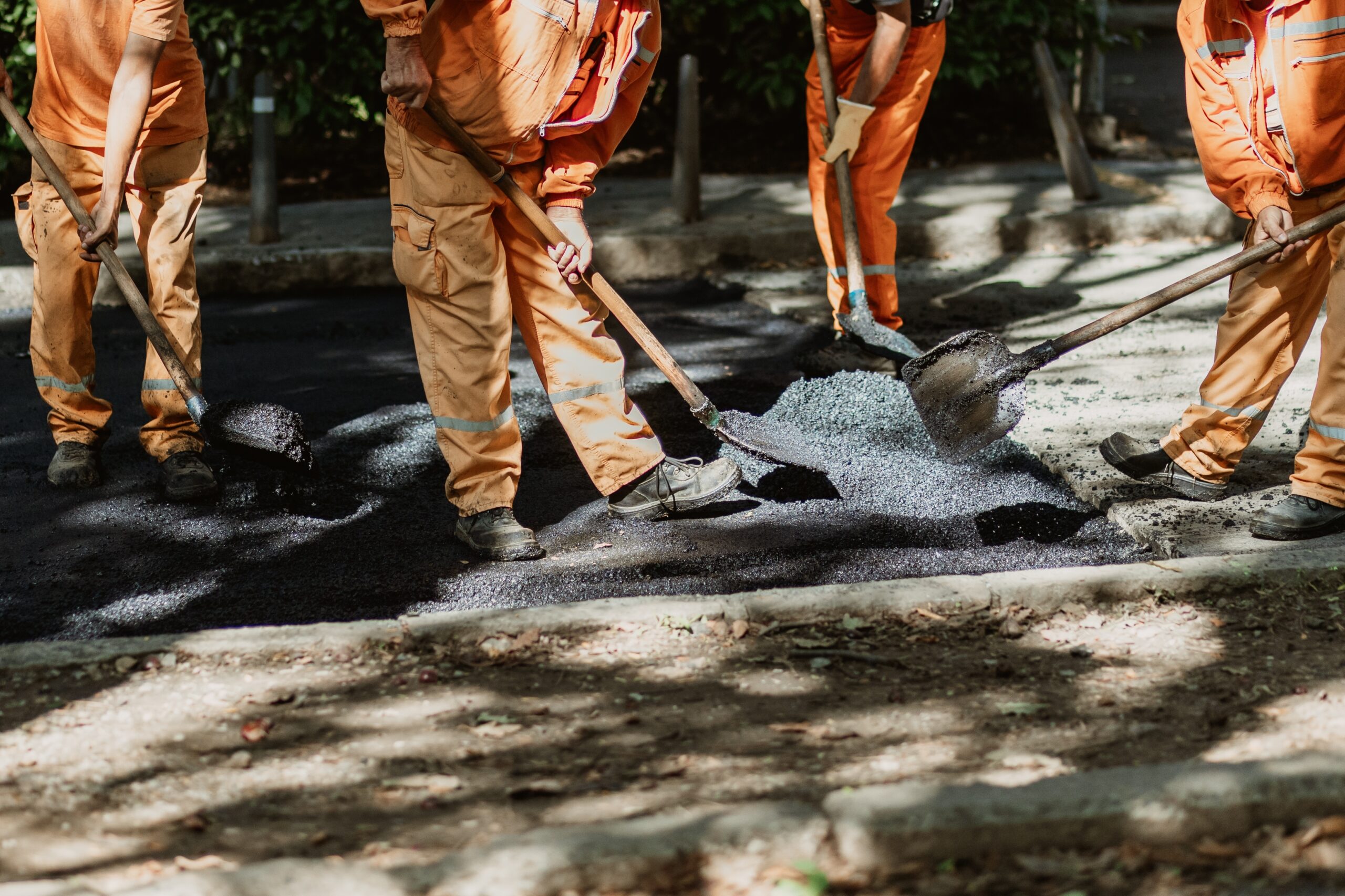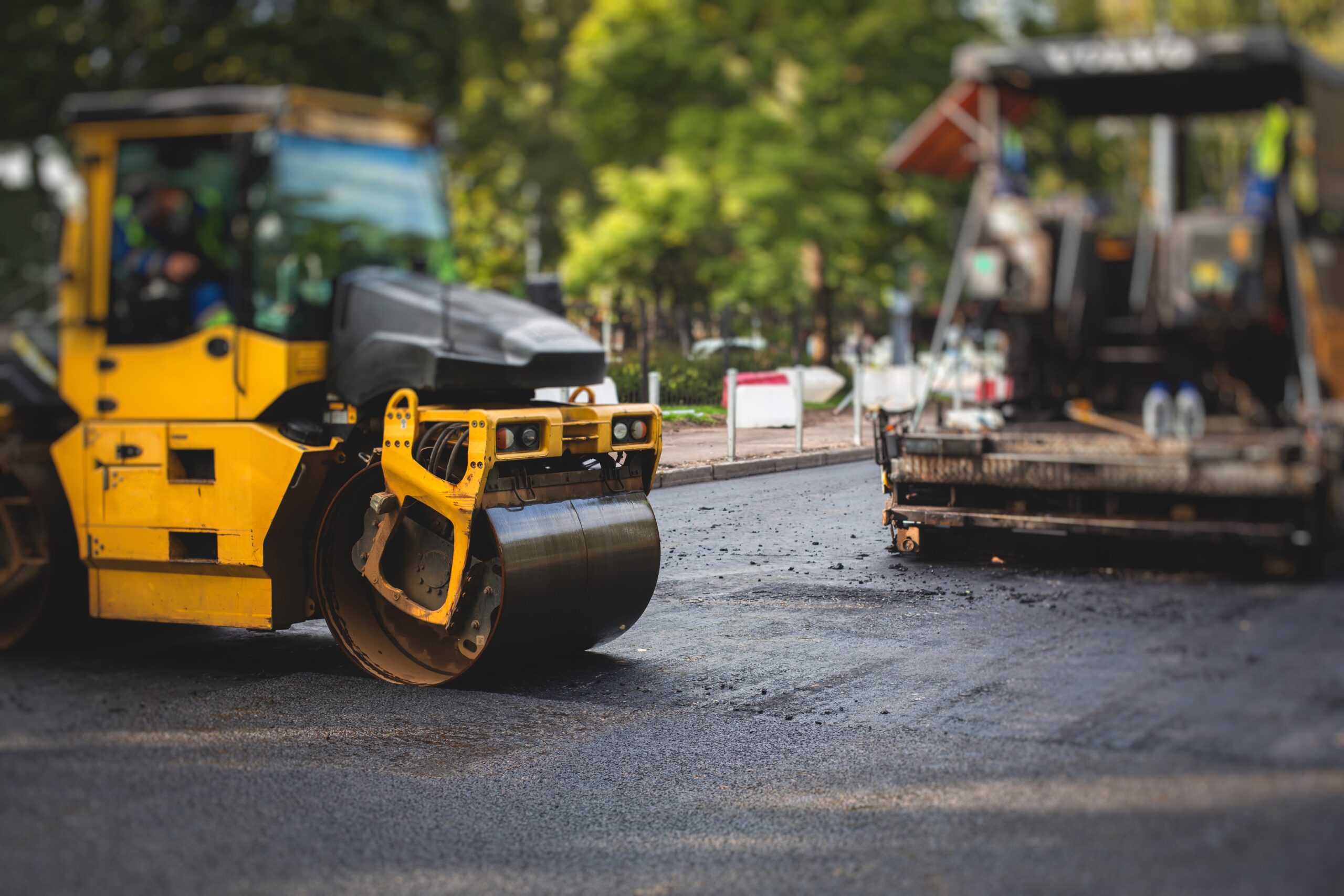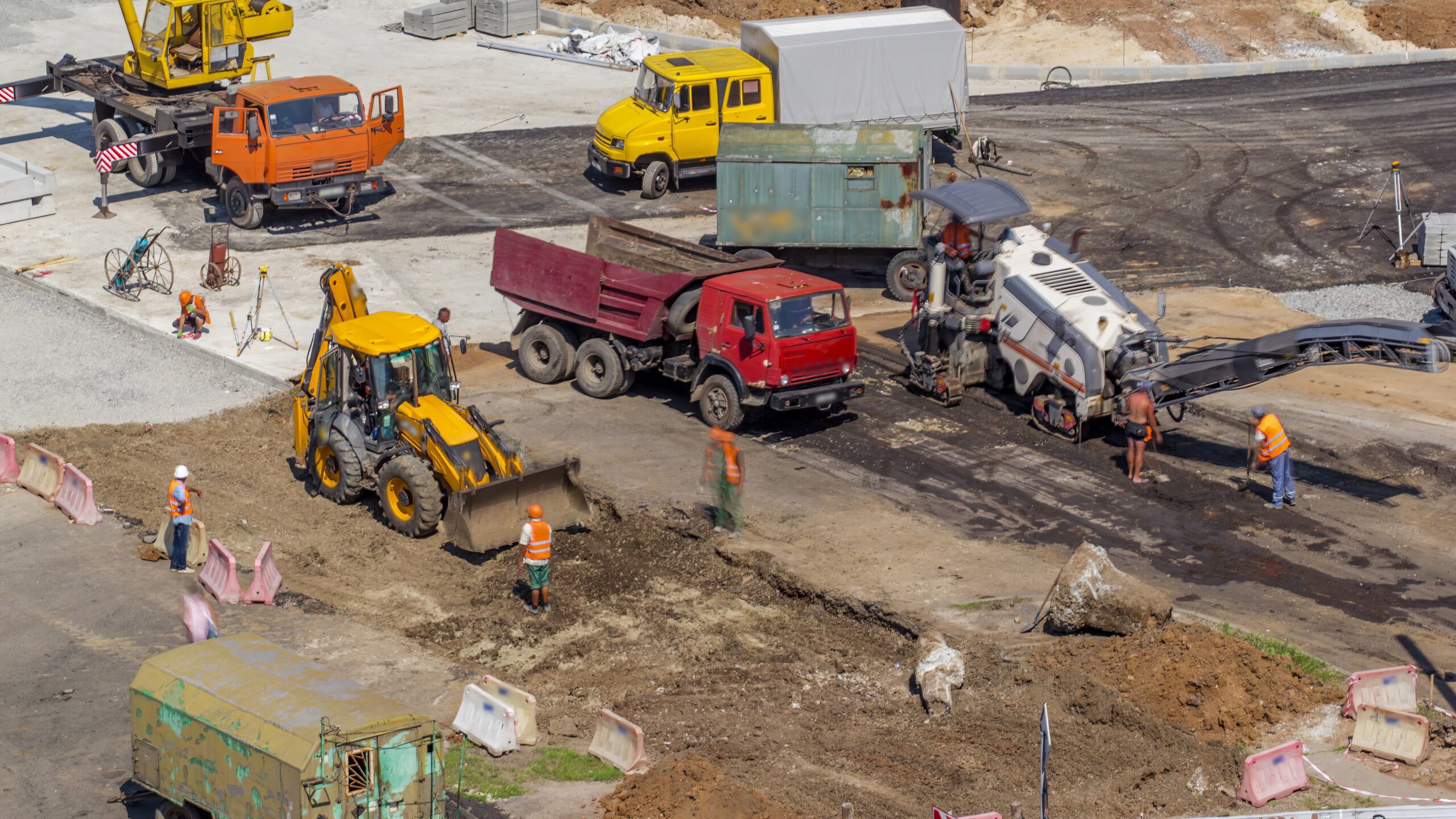
Every day you wait to fix cracks or potholes in your pavement, you’re adding invisible costs. Here in Colorado Springs, our climate, with freeze-thaw cycles, strong sun, seasonal snow, and shifting soils, makes delaying repairs especially risky. Even what seems like a small surface crack can open the door to deeper structural damage.
According to the City’s Pavement Design Criteria Manual, local factors such as soil type, drainage, traffic loads, and climate cycles must be considered to maintain pavement health. Ignoring repairs today can feel like “saving money,” but over time, those minor flaws compound into big problems. As damage grows, you risk higher repair bills, legal exposure, and even loss of property value.
This blog will walk you through each hidden cost, why it escalates faster in Colorado Springs, and how acting now, especially with help to protect your investment.
What Happens When Asphalt Damage Is Left Untreated
When damage first appears, it’s rarely obvious how serious things will become. Cracks, chips, or depressions may look harmless at first glance, but they are entry points for forces that will expand and intensify damage. Over time, simple faults evolve into structural failures. In Colorado Springs, repeated seasonal stresses and heavy UV exposure worsen every defect. What begins as a small flaw can eventually threaten the entire pavement surface.
Minor Cracks: Water Penetration & Freeze-Thaw Damage
Hairline cracks let moisture creep into the asphalt’s subsurface layers. During cold nights, that water freezes and expands, widening the gaps. Then, when the ice melts, it leaves voids that weaken the structure. With repeated cycles, those cracks lengthen and deepen. Research on Freeze-Thaw Weathering and Degradation shows that each freeze-thaw event can degrade binder strength, reduce adhesion, and loosen aggregate bonds.
Small Potholes: Growth & Structural Weakening
Once cracks deepen, parts of the pavement may crumble or detach entirely, forming potholes. Vehicles rolling over these spots chip the edges, cause further collapse, and accelerate degradation. A pothole often signals that the base beneath has lost support. Over time, what looked like a surface issue turns into a full-depth structural failure.
UV & Oxidation Effects in High Altitude, Sunny Climate
Up high, Colorado Springs gets strong sunlight and high UV intensity. These rays break down the asphalt’s binder, drying the surface and making it brittle. Oxidation causes loss of flexibility, so under load, cracking becomes easier. Over time, the surface “ages” faster, making damage more likely and rapid.
Additional factors like thermal expansion and contraction further stress the pavement. In the heat of the day, asphalt expands; at night, it contracts. These constant movements magnify micro-cracks. Also, traffic loads push moisture further into damaged zones, compounding the effect. In short, untreated damage becomes self-reinforcing.
What is the freeze-thaw cycle, and why is it bad for asphalt?
Water enters cracks, freezes, expands, then thaws. This expansion and contraction tear the asphalt apart over repeated cycles.
The Rising Financial Costs Of Delayed Asphalt Repairs Over Time
What may seem like a small repair early on can balloon into a major project if left too long. As damage spreads, the amount of work needed increases in layers, surface fixes, base repairs, and full replacement. At each stage, cost and complexity escalate significantly.
Additionally, ongoing inflation, labor surcharges, and material scarcity push costs upward. Waiting often means paying more not just for repair, but for the equipment, manpower, and logistics involved in deeper restoration.
After a certain point, the pavement damage is too deep for patching or overlay, and you must rebuild the structure. That’s when the cost gap becomes stark: what might have cost a few hundred dollars escalates to thousands.
Let’s explore what finances can reach if damage spreads.
Cost of Early Repair vs Later Patch / Overlay vs Full Replacement
In Colorado Springs, asphalt patch repair costs typically start around $2 to $4 per square foot, depending on the size and severity of the damage. Minor surface patches are on the lower end of this range, while larger or deeper repairs, such as full-depth patches that replace both the surface and base, are at the higher end.
For more extensive damage, overlays or resurfacing generally cost more per square foot, and full replacement, including the base and substrate, can significantly increase expenses. The longer repairs are delayed, the larger the affected area becomes, driving costs up quickly. Investing in early maintenance, such as timely patching and preventive sealing, helps reduce these costs and extends the pavement’s service life.
Hidden Repair Costs: Drainage, Base Damage, Subgrade Issues
Once water infiltrates under the surface, it can erode or shift the base aggregate layer. That destabilizes the supporting structure and introduces soft spots or voids. When subgrade soil becomes saturated or fails, especially after thaw events, you may need to regrade, recompact, or rebuild the base itself. Those hidden “below the asphalt” repairs often cost more than resurfacing.
Increased Material & Labor Costs Over Time
The cost of materials like asphalt mix, sealants, and additives tends to rise year over year. Labor becomes more specialized when dealing with deep repairs, which demand heavy machinery, skilled operators, a longer time, and additional safety measures. Delayed repairs also often require more staging, traffic control, and dust or erosion mitigation, all of which add costs.
Additionally, extended damage may require phased repairs. Doing parts at a time rather than all at once, forcing repeated mobilization fees, setup, and rework. That inefficiency further inflates total cost.
How much more expensive is overlay vs patching?
Overlay typically costs several times more than patching because it requires surface prep, smoothing, and uniform layering.
Liability, Safety, and Regulatory Risk of Delaying Asphalt Repairs
Ignoring pavement damage isn’t just about money for repairs, but it puts you at risk for legal and regulatory fallout. Poor surfaces can cause injuries or vehicle damage, triggering lawsuits or insurance claims. Local codes frequently require certain standards for pavement, walkways, and ADA compliance. Offending those standards could force you to spend even more on retroactive repairs, pay fines, or suffer reputational harm.
These risks are sometimes forgotten or underestimated until the claim arrives. Then the cost of cleanup, legal defense, and reputation repair dramatically exceeds the cost of early maintenance.
Trip & Fall, Insurance Claims, Legal Exposure
Uneven surfaces, cracked edges, and potholes are all hazards. If a visitor or employee is injured, you might be held liable. Medical claims, lawyers’ fees, and settlements may dwarf repair costs. Insurance companies may raise premiums or refuse coverage if your property is considered unsafe.
Impacts on Vehicle Damage & Parking Lot Safety
Vehicles passing over damaged asphalt can suffer tire, alignment, suspension, or undercarriage damage. Customers may demand compensation or simply avoid your location. Water pooling or ice formation in cracks increases slip/slip-and-fall risks, especially on colder days.
City / State Requirements & ADA Compliance
Colorado Springs’ codes and standards may require that parking lots, ramps, and walkways maintain safe gradients, smooth transitions, and specified edges. If your pavement falls below local standards, you may be required to upgrade or retrofit at your cost. Noncompliance might lead to fines, mandatory upgrades imposed by the city, or citations.
Additionally, if your property is part of a commercial development or within municipal review zones, deferred maintenance can conflict with local infrastructure projects or grant requirements. You may be forced to repair or upgrade before selling or leasing.
Also, many public procurement or municipal contracts include clauses where pavement condition is part of the evaluation; poor condition can hurt your ability to win future contracts.
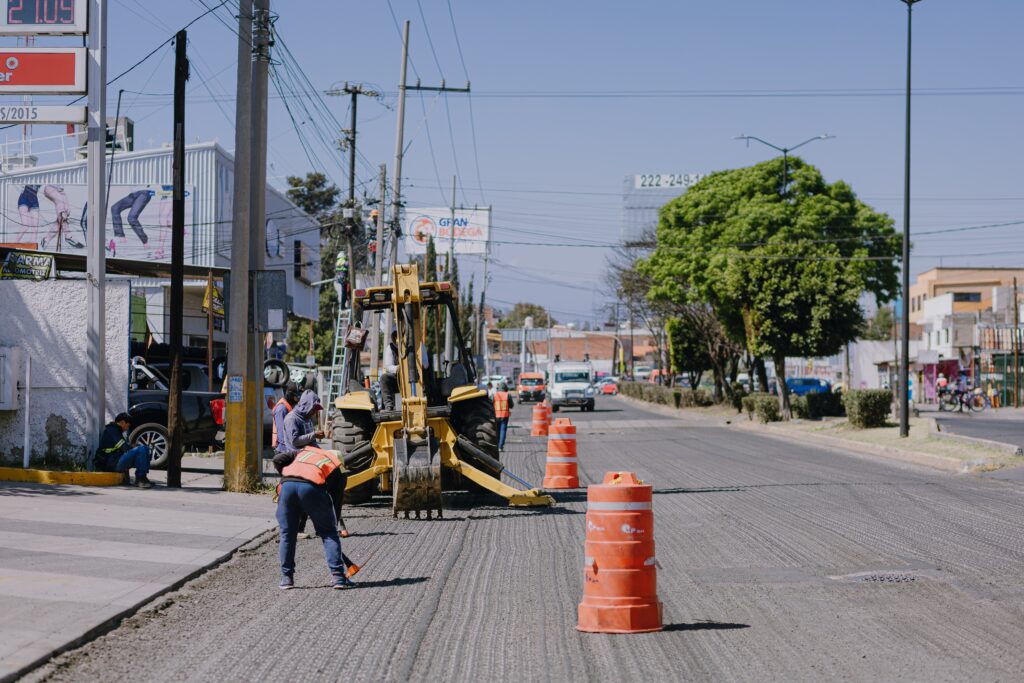
Operational Impacts of Delayed Asphalt Repair & Property Value
Beyond repair, liability, and legal issues, neglected pavement affects how your property functions, how tenants perceive it, and ultimately how much your property is worth. These “soft” costs often erode value slowly, but steadily. The cost of lost business, tenant turnover, deferred maintenance, and depressed resale value can rival repair bills.
As damage spreads, parking becomes less appealing, access becomes riskier, and fewer customers or tenants may choose your location. Appraisal and investment valuations consider physical condition, including paving. Over the decades, deferred maintenance compounds.
Have a look at how the damage impacts your property and its worth.
Curb Appeal, First Impressions & Business Revenue Loss
Your parking lot is among the first things visitors see. A cracked, faded, or crumbling surface sends a message of neglect. Potential clients or tenants may doubt your professionalism. That visual cue alone can push people to choose competitors with cleaner, safer premises. Over time, lower foot traffic means less revenue.
Tenant Satisfaction, Compliance & Leasing Impacts
Commercial tenants often expect properties to be maintained. Poor pavement elicits complaints, demands for repairs, or lease renegotiations. In worst cases, tenants may not renew or may vacate. Logistics, deliveries, or access may be inhibited by damaged surfaces, raising operational friction.
Long-Term Depreciation
Real estate appraisals and investor valuations consider infrastructure condition. Pavement in poor shape contributes to lower valuation. Deferred maintenance becomes a liability on your balance sheet. What’s more, when resale or refinancing comes, buyers or lenders often require a condition audit; failed paving may force you to underwrite a large repair before closing.
Can poor pavement affect property insurance or appraisals?
Yes. Insurers may increase premiums or deny coverage; appraisers may penalize defective infrastructure, lowering value.
Preventive & Corrective Strategies for Delayed Asphalt Repairs
Every season that passes without maintenance takes a quiet toll on your pavement. What starts as a simple surface flaw can evolve into a costly reconstruction project if left untreated.
Let’s discuss some proactive strategies to manage and minimize hidden losses.
Regular Inspection & Monitoring
Make a habit of quarterly inspections for spring, midsummer, fall, and pre-winter. Look for surface cracks, loose edges, depressions, drainage issues, and signs of base failure. Documents change over time.
Crack Sealing & Sealcoating
Sealing small cracks when they first appear is low-cost but high-benefit. Sealcoating the surface every 3–5 years, depending on traffic, adds a protective barrier against moisture and UV. It is worth noting that sealcoating slows oxidation and prevents deeper deterioration.
Proper Drainage Management
Ensure surface water drains away from the asphalt, not pooling. Use gutters, slopes, or drains to avoid water infiltration. Poor drainage accelerates base damage and subgrade weakening.
Base Treatment & Milling
In zones showing base failure, remove the damaged layers, rebuild the base, and overlay anew. Infrared or milling techniques allow for seamless transitions to new pavement. When the subgrade is compromised, add stabilization or geogrids to reduce frost heave and thaw damage.
Phased Maintenance Programs
Plan a multi-year maintenance schedule with increasing interventions: starting with crack sealing, then sealcoating, then spot repairs, then full overlay, before full replacement is needed. Optimal preventive maintenance prolongs functional performance and lowers lifecycle cost.
By applying these strategies, you reduce the chance that damage becomes catastrophic, and thus avoid the steep hidden costs we’ve described above.
Secure Your Pavement’s Future Before It’s Too Late
Delaying asphalt repairs in Colorado Springs doesn’t save money, but it trades small, manageable costs for large, unpredictable ones. From structural breakdown, liability exposure, and lost operational value to diminished curb appeal and property devaluation, every day of delay compounds the risk.
If you own, manage, or develop property here, protecting your pavement is smart business. Asphalt Coatings Company offers thorough inspections, proactive maintenance, high-quality repairs, and climate-tailored resurfacing options designed for Colorado Springs conditions. Don’t let minor flaws turn into major headaches.
Reach out today, let us assess your pavement, and build a multi-year plan to preserve safety, appearance, and value.
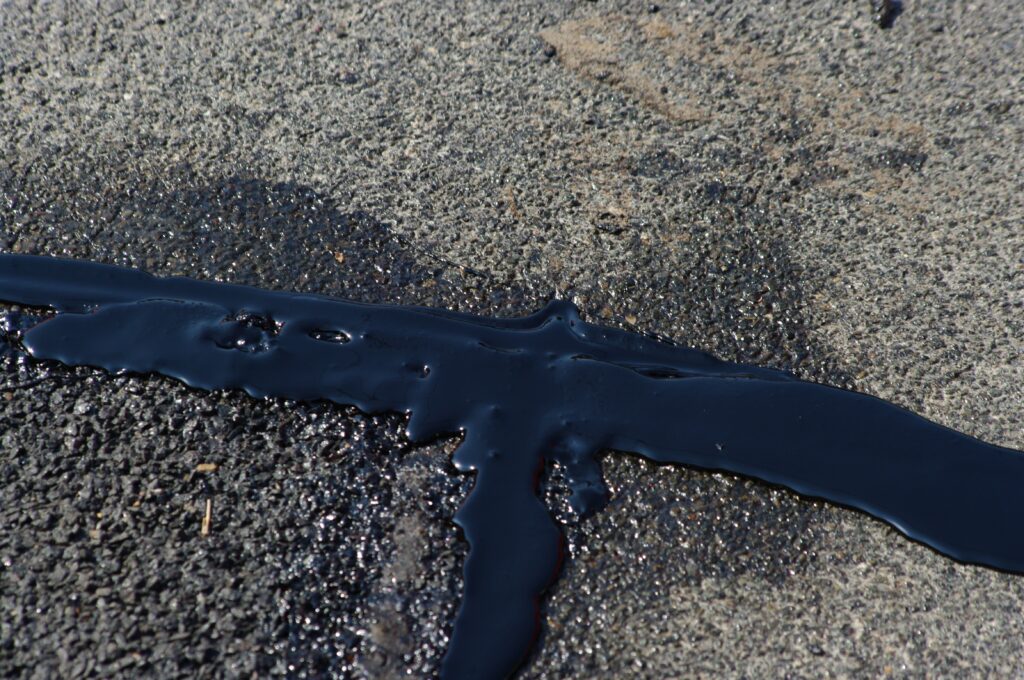
Frequently Asked Questions
How to estimate the cost of asphalt?
Asphalt is usually priced by square foot. The cost per ton is $40 to $80, and per square foot is $0.75 to $2.00. The cost is determined by the size of the rock in the asphalt, the volume ordered, the delivery cost, and the location of the work being performed.
How often does asphalt need to be replaced?
A new asphalt driveway built the right way should last you 20-25 years. However, a driveway that was installed by cutting corners or skimping may only last 1-10 years. From the first day your driveway was installed until now, the slow process of deterioration has begun.
Why does asphalt take so long to cure?
Fully cured asphalt takes up to 12 months to form because of the chemical process that fuses the material. The water in the asphalt mixture must evaporate off the surface before the material is ready to support weight.
What are some of the challenges facing the asphalt industry today?
Asphalt businesses often face challenges such as scheduling problems, communication issues, invoice management, client management, lead generation, creating professional quotes/proposals, and a lack of clear business direction. Each of these can impact efficiency and profitability.
What damages asphalt the most?
Above all, water is the number one most damaging element to asphalt. Areas that experience continued standing water can lead to deterioration of your asphalt and its base. Over time, water will begin to break down asphalt. This will decrease the overall strength and durability of the asphalt mixture.

